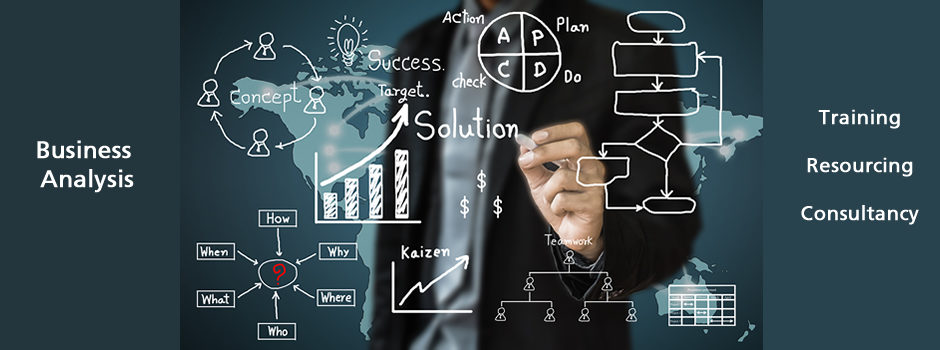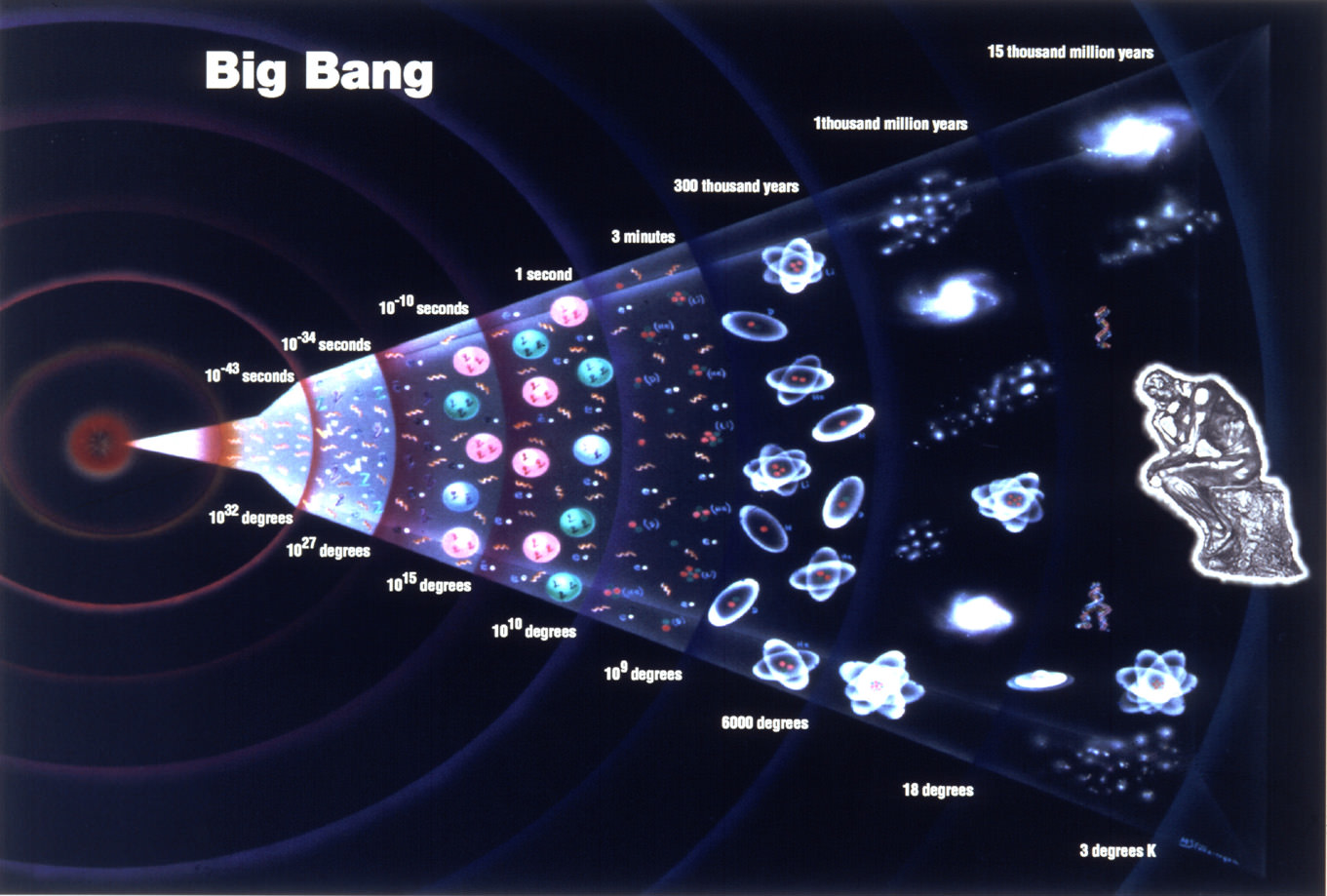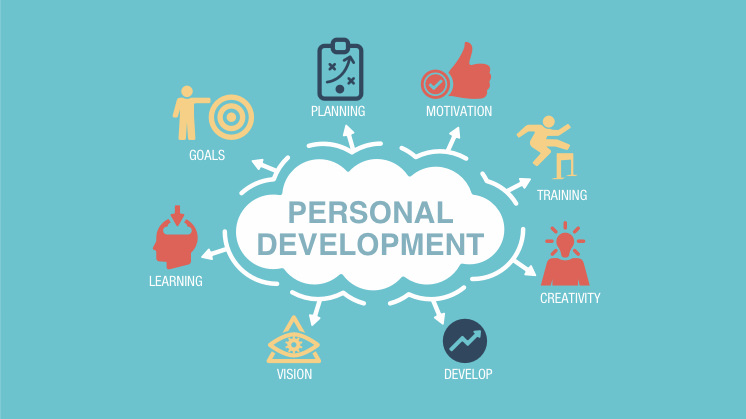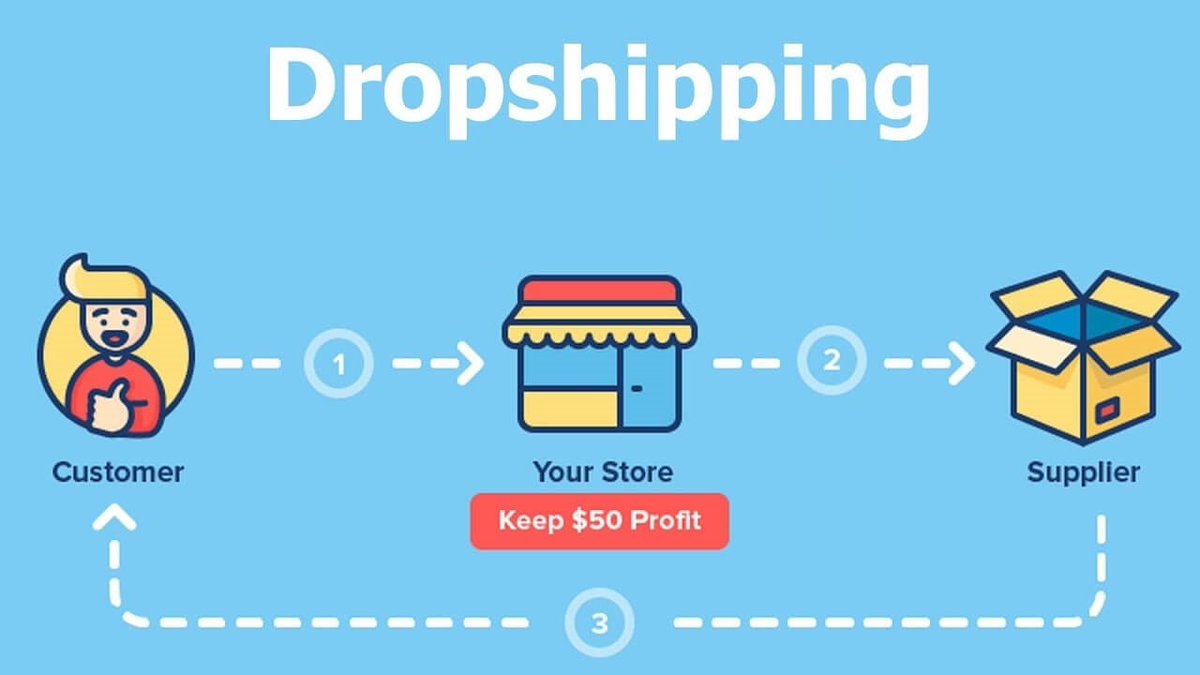A guide to business analysis process
I think one of the main challenges for most people who are new to Business Analysis after getting a job/project is really how to start the project. They think of how to gather requirement, document, work with stakeholders and ensure a seamless flow.
So here is a flow that I believe can give you an overview of what to expect and how to go about it. See it as a simple guide

a.) Information Gathering
As a BA, it is your responsibility to gather the information needed for a project. You are going to be gathering info from:
What information are you really gathering?
1. The project scope and boundaries
2. The present factors influencing the organization using one of the techniques I mentioned above.
3. The risk, constraints and factors that might affect the project
4. All stakeholders involved. Basically, have a stakeholders register.
Who are you getting this information from?
1. Project Sponsor (very important)
2. Project Manager
3. Other key stakeholders
Once all this is done, it gives you a clear view of where you are and where you are going. What you want to do next is have an itinerary/checklist that you can follow. The checklist can be as simple as:
1. A link to contact info of all your stakeholders.
2. Expected deliverable and outcomes.
3. Timelines of when deliverables need to be achieved.
4. Documents you have at hand and where they are stored.
5. The particular technique and methodology you’d be using for the project.
b.) Schedule a meeting with Project Sponsor/ Project manager/ Key Stakeholders
A meeting helps to clear doubt and helps in understanding more on the project you’d be working on.
1. Ask questions on what you might not be aware of.
2. Questions on deliverables and outcomes are important as well.
3. Ask for knowledge bank of similar or previous projects so you can familiarize yourself with the BA process.
c.) Study the project documents and analyze them
One document that is very important here is the business requirement document. This document will help you outline gaps within the current systems, processes, procedures and operations. All document provided might not be necessarily current, so ensure they are current or up to date.
The documents are but not limited to:
1. Business and system requirements documents
2. Business process documentation
3. Policies and legislation
4. Business cases
5. Charts and flow diagrams
6. Project plans
7. Organization chart
8. Strategy documents and business plans
d.) Document your own facts from c
After your own research from the documents as regards to the project you’d be able to update:
1. The Business requirements including reporting requirements
2. The Business processes and the supporting systems
3. The Functional requirements and non-functional requirements
4. The Issues and risks that are currently influencing the project and the project might eventually face.
Read also : What is Business Analysis?.
e.) Understanding the problem
By now you will have a good insight of the whole project and you can now identify the problem domain in the project. What you’d need to do here is to find out
1. Exactly which of the business function will actually be affected
2. Risks and factors that are presently affecting the business
3. Policies and constraints that will influence the project itself
4. Systems that currently support the business activities
5. Any document that gives a brief about the problem domain- e.g., It could be an annual Report
6. Constraints that are currently affecting the business to achieve the desired outcome it wants
f) Business Requirement
Finally, you want to present your own Business Requirement. Now that you have gathered all your business requirements and you have a clear understand of the the problem domain. What you now want to do is to present your own Business Requirement to the project sponsor, the stakeholders involved or Project Manager. How do you present your requirement? It can be either through the following:
1. A table or an excel spreadsheet
2. A structured template
3. A diagram, flow or graph
4. A prototype or simulation
I decided to make this session as simple and detailed without going into using key terms and without going deep just so someone who is perhaps new to BA can get the whole picture and understand the BA role in general. And also, so they can enjoy it without making it boring.
Read also : Who is a Business Analyst? : Job duties,skills,roles,categories and certifications.
Author : Kekeocha Justin










